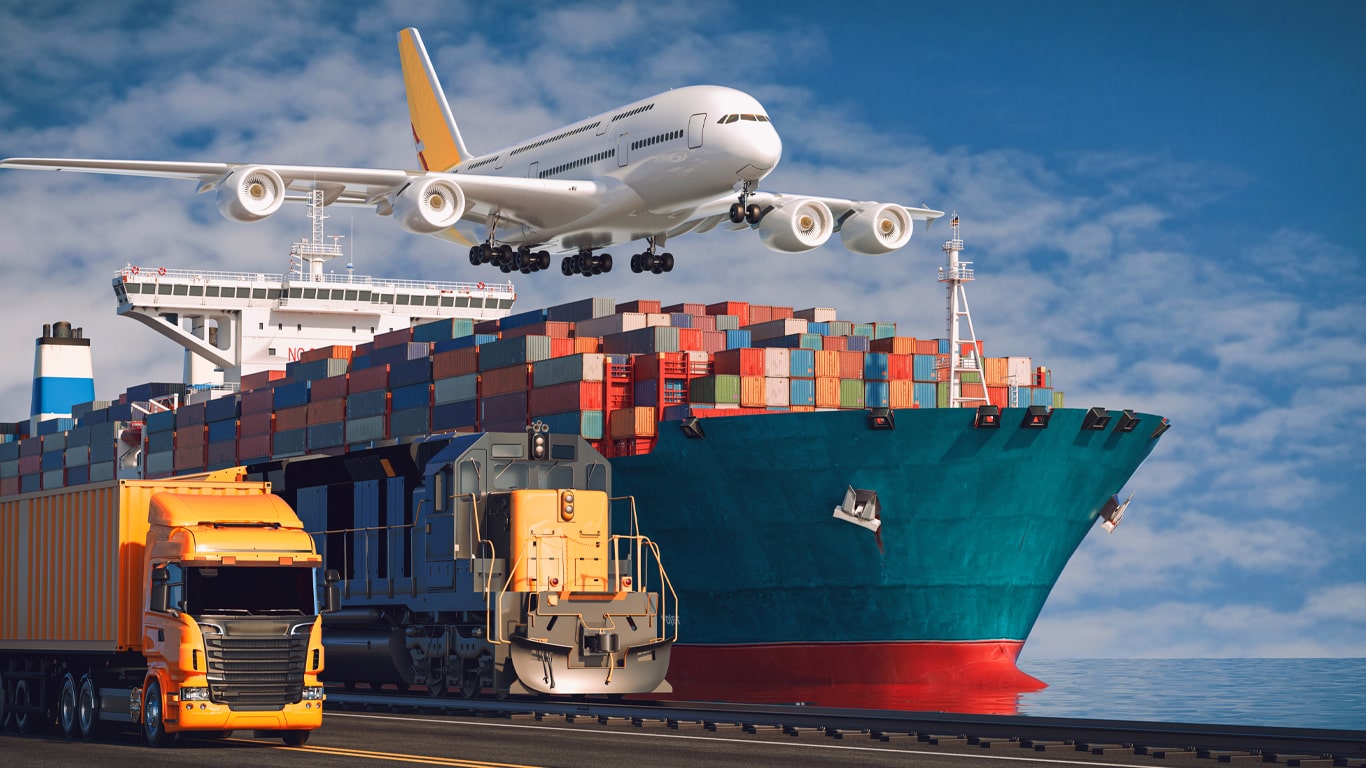. Other permanent or long-term characteristics There are many other characteristics that might serve to enhance or retard a country’s pros...
.
Other permanent or long-term characteristics There are many other characteristics that might serve to enhance or retard a country’s prospects for development, and hence should be addressed in a TPF. In addition to its resource endowments (e.g. mineral deposits and arable land), these include such diverse factors as its climate, ecological diversity, demographic profile and susceptibility to natural disasters (e.g. 16 TRADE POLICY FRAMEWORKS FOR DEVELOPING COUNTRIES: A MANUAL OF BEST PRACTICES hurricanes and earthquakes). Depending on the specific circumstances of a country, any or all of these characteristics may merit close attention, together with analysis of how they affect its prospects and what steps might be advisable to deal with them. Countries may be distinguished, for example, according to their colonial heritage and the institutions that they inherited from that past. One of the most important of those institutions is language. In a global economy where English is unofficially the language of commerce and diplomacy, those countries where this tongue is predominant may enjoy certain advantages. They may be perceived as preferred destinations on the part of tourists from English-speaking countries, and potential investors from those same countries may also tend to favour partners in which communications will be simpler and legal systems may more closely resemble their own. Anglophone countries may also enjoy an advantage in the establishment of some ventures in which language skills are critical (e.g. call centres for reservations and customer service). The raw numbers support a correlation between economic opportunities and language. Among non-oil developing countries, the average income in English-speaking countries was $7,716 per capita in 2015. That was 35.5 per cent higher than the levels in developing countries where Dutch, French, Portuguese, or Spanish was spoken, and 80.1 per cent higher than in countries where nonEuropean languages were spoken.4 While language may be considered a long-term characteristic of a country, it can also be addressed through education. One key issue that merits close attention in a TPF is how well the educational system of a country serves to prepare young persons for competition in a global economy, including their facility with languages. The same may be said for computer literacy, business and engineering skills, and other topics that should be taught to persons about to enter the national and worldwide marketplace of skills. The time horizon for the payoffs in education may be somewhat longer than those for infrastructure projects, but these investments may ultimately be the most important ones that a country can make in its own development. C. RELATIONSHIP BETWEEN INCOME, EXPORTS AND OPEN MARKETS What is the relationship between trade and development? For many observers and policymakers, the instinctive answer to that question is the simplest: Exports are assumed to be a benefit to the country, but imports represent a drain on national resources and a discouragement to local industry.
That mercantilist outlook is by no means limited to developing countries, as variations on this theme are commonly heard in countries at all levels of income. But is it true? The data presented below do support the first half of that assertion, insofar as there is a close relationship between high levels of income and high levels of exports, but the second half is much more controversial. Nearly all countries have sought at one time or another to stimulate local production and employment through restrictions on imports, including most countries that are now either developed or among the higher-income developing countries. It is only at later stages that countries typically move towards a more market-oriented approach, including the autonomous or negotiated reduction of their trade barriers. There are nonetheless a few examples of successful countries that committed themselves early to open markets, as well as evidence to suggest that restrictions on imports may be self-defeating. Protection can be costly not only to consumers but to export-oriented industries, introducing an anti-export bias in an economy. The ideas and information presented in this section cannot resolve the perennial debate over what type of trade policy will best promote economic development. It nevertheless seeks to summarize the key points in that debate by reviewing the data on how development is associated with exports and economic freedom, relating the arguments advanced by the principal schools of thought and comparing the experiences of a few success stories.

No comments